National Flag Day in the Turks & Caicos Islands
National Flag Day: Part 3 in a five part series about National Heritage Month in the Turks and Caicos Islands
Typical temperatures in the Turks and Caicos Islands are usually above a balmy 25 Celsius.
So why on earth was an igloo on the national flag?!
Relax, the “igloo” was simply a symbol on the former flag of the islands which was the result of a designer’s mistake. However, in spite of the fact that the flag of the Turks and Caicos Islands has undergone a number of interesting changes over the years, including the aforementioned “igloo”, islanders are justifiably proud of their flag which was raised high in honour in October for the inaugural National Heritage Day.
“This month is National Heritage month in the Turks and Caicos islands, and what better way to begin the month than with the raising of the most revered symbol of a patriot, the national flag,” said the Premier of Turks and Caicos, Dr. Rufus Ewing, as reported by The TCI Affairs.
Residents of Providenciales, and North, Middle and South Caicos Islands are encouraged to decorate their cars, bicycles, trucks and vans and drive them across the islands as nationwide float parade of national pride. It’s not a new idea as flag celebrations have been occurring in a number of Caribbean locales for years, but the event is new to the Turks and Caicos region.
Director of Culture David Bowen says in the Turks and Caicos Weekly News, “I was moved to do this because too often I would hear from our locals about other cultures flying their flags and having their international day.”
The Igloo Incident
There is quite a history behind the flag. The early Turks and Caicos flag was a Union Jack featuring a badge depicting a beach scene of a salt worker near two piles of salt. Unfortunately a rendition of the image in 1889 in the admiralty flag book shows a hatch mark on one of the salt piles which makes it appear like an opening or door. Apparently the artist interpreted the salt shapes as igloo-like buildings and so gave one of them an opening.
The flag was significantly changed in 1968, and so the salt piles are long gone and, with them, the misinterpretations. The new flag retained the traditional British union jack of course but featured a new badge drawing images of the conch, lobster and cactus from the coat of arms. A long-time cultural symbol, the conch can be found everywhere. Its picture welcomes you on the Turks and Caicos International Airport sign. It’s the featured dish on just about every restaurant menu. Lobster too is a backbone item to the local food industry. As for the cactus, it’s the plant from which the islands take part of their name. ‘Turks’ refers to the Turks Head Cactus, an unusual looking rounded prickly succulent with a brown spiny cap that thrives on the islands.
Images and interpretations aside, however, National Flag Day is a day devoted to savouring pride about the Turks and Caicos. It sets time aside to reflect on history and culture and prompt national spirit to soar.
“I am calling on everyone, young and old, to join in the celebrations,” stated Premier Ewing in the article by The TCI Affairs. “This is our time and I am looking forward to seeing everyone out with our patriotic symbol, our national flag, flying high and with pride.”
As the flags fly above, residents don their cleats and t-shirts and engage in a lively afternoon game of soccer hosted by the Turks and Caicos Islands Football Association followed by softball games hosted by the Turks and Caicos National Softball Association (TCNSA) . Community spirit is celebrated with a mix of some friendly competition on the field.
National Flag Day in the Turks & Caicos Islands is a day to raise high the flag, perhaps with a giggle in remembering past images that went into its creation, but certainly with pride about a culture of community and connection and a united concern for preserving this heritage for future generations.


